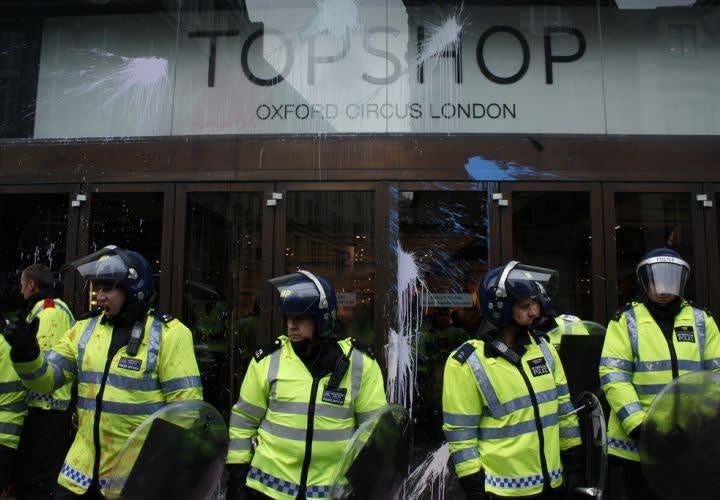On Aug. 6, a peaceful protest march turned into a violent mob that attacked police officers. Tottenham quickly erupted into rioting that spread to London and a number of surrounding cities. Fast-moving mobs, communicating via social media, stayed ahead of the vastly outnumbered police, engaging in widespread looting, fires, assaults, and destruction of property.
The Metropolitan Police Service in London called in 16,000 officers—it was the biggest police call-up in London history—and requested assistance from retired police and part-time special volunteers to free up police for riot duty. Police authorized plastic baton rounds, armored vehicles, and considered imposing a curfew. These are common U.S. police riot responses, but are practically unheard of in the U.K.
Meanwhile, the rioting spread to several other major cities' urban areas. The spreading riot stunned the country and continued for several days, until the massive police response quelled the rioting. But not before 1,500 arrests, 111 police injuries, widespread destruction and the deaths of five people in London and a number of other U.K. cities.
Before the dust had settled, shock turned to outrage, condemnation, and blame. A country's stunned government, media, and people demanded answers from police who were seemingly unable to quell the rioting before it had gotten out of hand.
And as so often happens, after most crises of such tremendous magnitude, umpteen "experts" came out of the woodwork to offer, mostly unsolicited, their "should of, would of, and could of" solutions to anyone who would listen.












